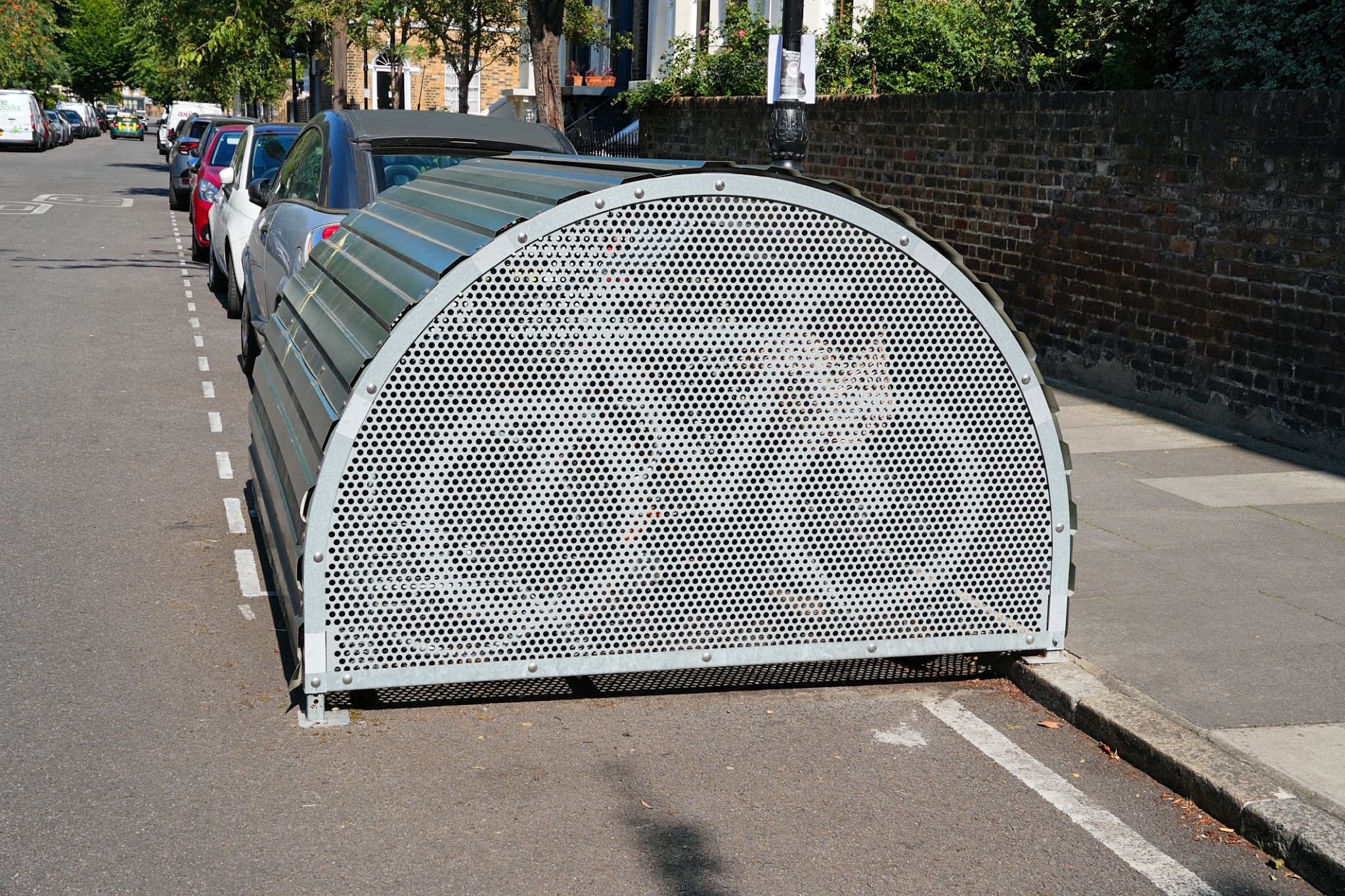How to Prepare Urban Areas for Natural Disasters: Essential Equipment and Tips
Ki
Urban areas, with their dense populations and complex infrastructures, face unique challenges when it comes to natural disasters. From hurricanes and floods to earthquakes and wildfires, being prepared can significantly reduce the potential impact of these events. Here’s how cities can brace themselves effectively to safeguard communities and minimize damage.
Understanding the Risks
The first step in preparing urban areas for natural disasters is understanding the specific risks they face. Cities need to conduct thorough risk assessments to identify the types of disasters most likely to occur in their region. This involves analyzing historical data, climate patterns, and geographical features.
Once the risks are identified, city planners can prioritize resources and tailor disaster preparedness plans accordingly. For example, coastal cities might focus more on flood defenses, while those near fault lines would prioritize earthquake preparedness.

Essential Equipment for Urban Preparedness
Emergency Communication Systems
Reliable communication systems are crucial during a disaster. Cities should invest in emergency alert systems that can quickly disseminate information to residents. This includes text alerts, sirens, and public address systems. Backup communication channels should also be established to ensure connectivity even if primary systems fail.
Power and Energy Solutions
Power outages are common during natural disasters. Having backup power sources such as generators and solar panels can keep essential services running. Cities should encourage businesses and residents to have personal backup options and provide public charging stations powered by renewable energy.

Infrastructure and Building Resilience
Strengthening Infrastructure
Urban areas should focus on fortifying infrastructure to withstand natural disasters. This includes ensuring buildings meet modern safety codes, reinforcing bridges, and improving drainage systems to prevent flooding. Regular maintenance and upgrades can help mitigate damage during an event.
Community Shelters
Designating community shelters is vital for urban disaster preparedness. These shelters should be strategically located, easily accessible, and equipped with necessary supplies like food, water, and medical kits. Cities can also train staff and volunteers to manage these shelters during emergencies.

Community Engagement and Education
Public Awareness Campaigns
Educating the public is crucial in disaster preparedness. Cities should conduct regular awareness campaigns to inform residents about potential risks and necessary precautions. Workshops, seminars, and drills can help community members understand how to respond effectively during a disaster.
Building a Network of Volunteers
A network of trained volunteers can be an invaluable asset during emergencies. Urban areas can establish volunteer programs that focus on disaster response and recovery efforts. These programs should offer training sessions on first aid, search and rescue, and other critical skills.
By proactively investing in these measures, urban areas can enhance their resilience against natural disasters, ensuring that communities are better protected and able to recover swiftly.